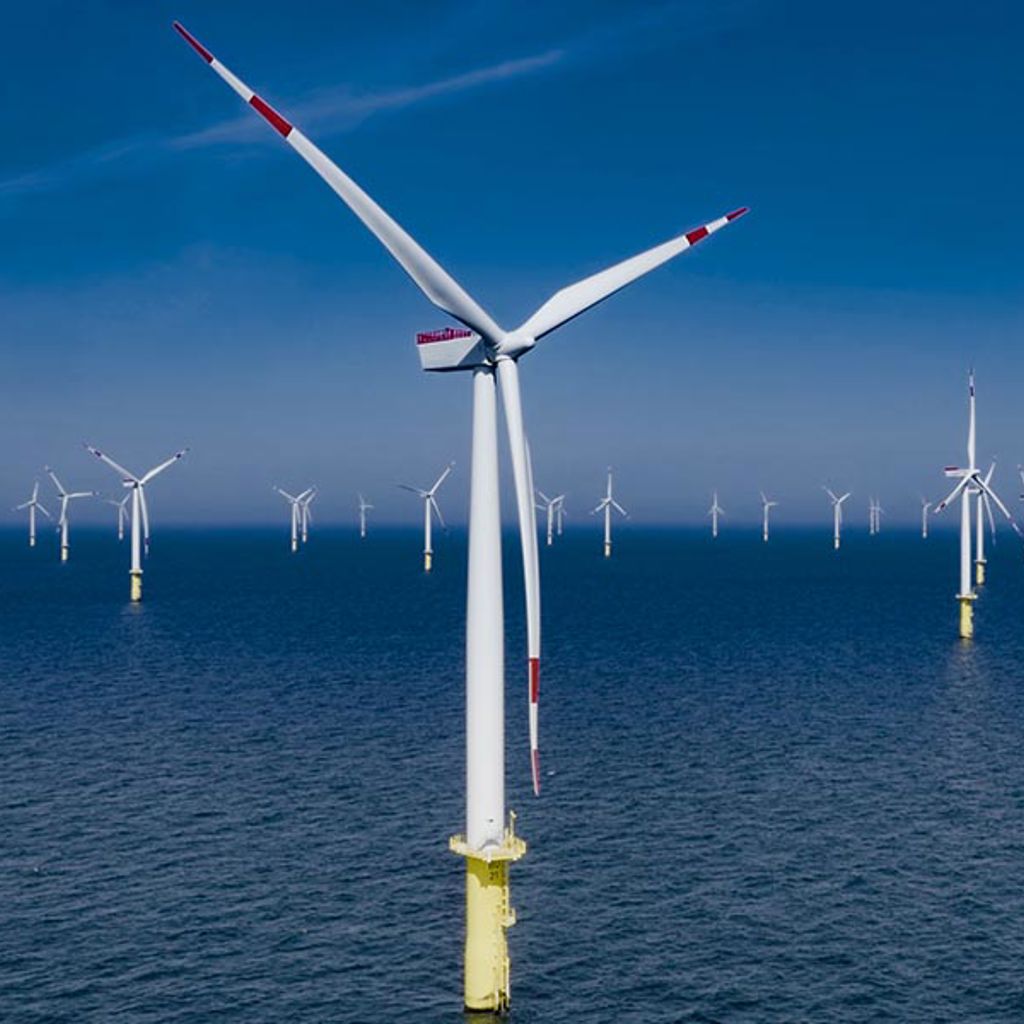The need for this infrastructure is clear. While battery technology is suitable for smaller vehicles and buses on lower end duty cycles, hydrogen is widely seen as the most promising decarbonisation option for trucks, operationally more stretched buses, ships, planes and trains. For these modes of transport, batteries’ lower energy density (hence lower range and hauling capabilities) and slow recharging performance are major disadvantages.
Analysis of specific applications supports the case for hydrogen. Around the world, modelling duty cycles for bus routes – taking into account the topography, distance and depot proximity – has revealed viable opportunities for hydrogen buses to compete economically with conventional vehicles in the not-so-distant future. This is what we found, for example, in our route modelling for the South Yorkshire Passenger Transport Executive in the UK.
Moving beyond feasibility studies, demonstrator projects are proving the viability of both hydrogen vehicle and refuelling technology. In the north-west of England, there are plans for hydrogen buses to start running between St Helens and Liverpool in the future. Together with their refuelling station, the vehicles are part of the region’s first hydrogen bus pilot scheme, on which we’ve worked with Merseytravel.
Starting the roll-out of hydrogen vehicles and refuelling infrastructure with these sorts of return-to-base fleets makes sense. Vehicles such as buses, bin lorries and small ferries return to their bases each day, and don’t travel so far that they need to refuel during their journeys. Plus, they have the scale and discretion to organise this transition. However, focusing on individual fleets and their bases can only ever be a starting point. If continued it will lead to a patchwork of disconnected, small initiatives.










